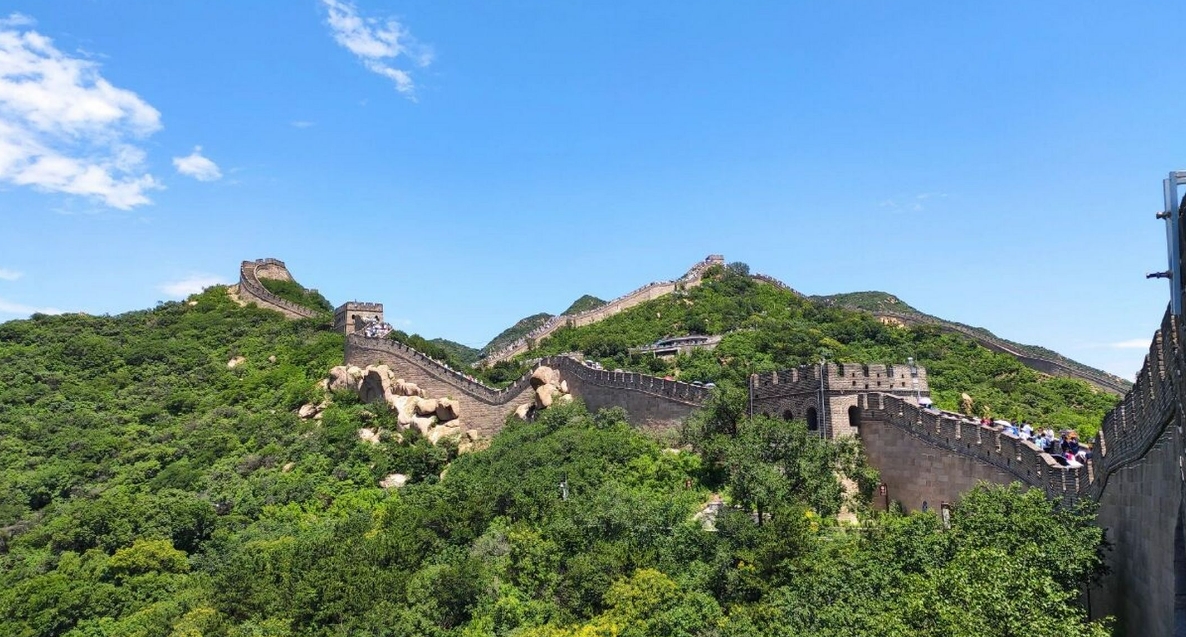
Conquering the Dragon: A Guide to Climbing the Great Wall of China
The Great Wall of China, a colossal dragon snaking its way across thousands of miles, stands as a symbol of the Chinese nation and one of the Seven Wonders of the World. Every year, visitors from all corners of the globe flock to witness its grandeur. But faced with this immense structure, how do you choose the right way to experience it?
Choosing Your Destination: Which Section of the Great Wall is Right for You?
The Great Wall stretches for thousands of miles, and for most visitors, time and energy are limited, making it impossible to traverse its entirety. Therefore, selecting the right section to climb is crucial.
- Badaling: The most famous and visited section, Badaling offers convenient access and comprehensive facilities, making it ideal for those with limited time.
- Pros: Easily accessible by train; well-equipped with amenities like restaurants and shops.
- Cons: Heavily crowded, especially during holidays; highly commercialized with a less authentic feel.
- Mutianyu: Renowned for its stunning scenery and well-preserved architecture, Mutianyu receives fewer visitors, offering a more intimate experience with the Wall's grandeur and history.
- Pros: Breathtaking views, lush vegetation, suitable for hiking enthusiasts; fewer crowds for a more immersive experience.
- Cons: Located further away, requiring travel by bus or private car.
- Simatai: Known for its challenging climbs and pristine condition, Simatai features sections of unrestored wall, showcasing its original, rugged beauty. This section is perfect for adventurers and those seeking a raw, historical experience.
- Pros: Preserved in its original state, offering a more authentic historical feel; stunning scenery ideal for photography.
- Cons: Remote location requiring a private car; some sections are steep and physically demanding.
Getting There: Navigating Your Way to the Great Wall
Once you've chosen your destination, the next step is selecting the appropriate mode of transportation.
- Train: Currently, only Badaling is directly accessible by train. Take the S2 line from Beijing North Railway Station to Badaling Station.
- Public Transportation: Some sections, like Mutianyu, can be reached by public bus. However, bus schedules may be limited, so it's crucial to check the timetable in advance.
- Taxi: Taxis offer a convenient way to reach various sections of the Wall but can be expensive. Be aware that some drivers might not be familiar with all routes, so using a map app to plan your route and confirm with the driver beforehand is recommended.
- Private Car: Hiring a private car provides the most convenient and comfortable option, especially for reaching remote sections like Simatai. Booking through a reputable company or travel platform is advisable, and opting for an English-speaking driver can enhance communication.
Essential Tips
- Climbing the Great Wall requires a significant amount of physical exertion. Wear comfortable athletic shoes and choose a route that aligns with your fitness level.
- Summer temperatures can be scorching; ensure you wear sunscreen and stay hydrated.
- Some sections can be steep; prioritize safety and consider hiking with a companion.
The Great Wall of China is a national treasure and a testament to human ingenuity. By selecting the right approach to your visit, you can truly appreciate its majestic beauty and immerse yourself in its rich history and captivating legends. Hopefully, this guide will help you plan an unforgettable journey to this iconic landmark.
Q&A
Q: What is the best time of year to visit the Great Wall of China?
A: Spring (April-May) and Autumn (September-October) offer pleasant weather with comfortable temperatures and fewer crowds.
Q: How much time should I allocate for visiting the Great Wall?
A: Allow for at least half a day to fully appreciate the Wall. A full-day trip is recommended for a more immersive experience, especially if hiking.
Q: Are there any entrance fees to access the Great Wall?
A: Yes, each section of the Great Wall has its own entrance fee, typically ranging from 40 to 60 RMB per person.
note: This return of all, without the author's permission, may not be reproduced